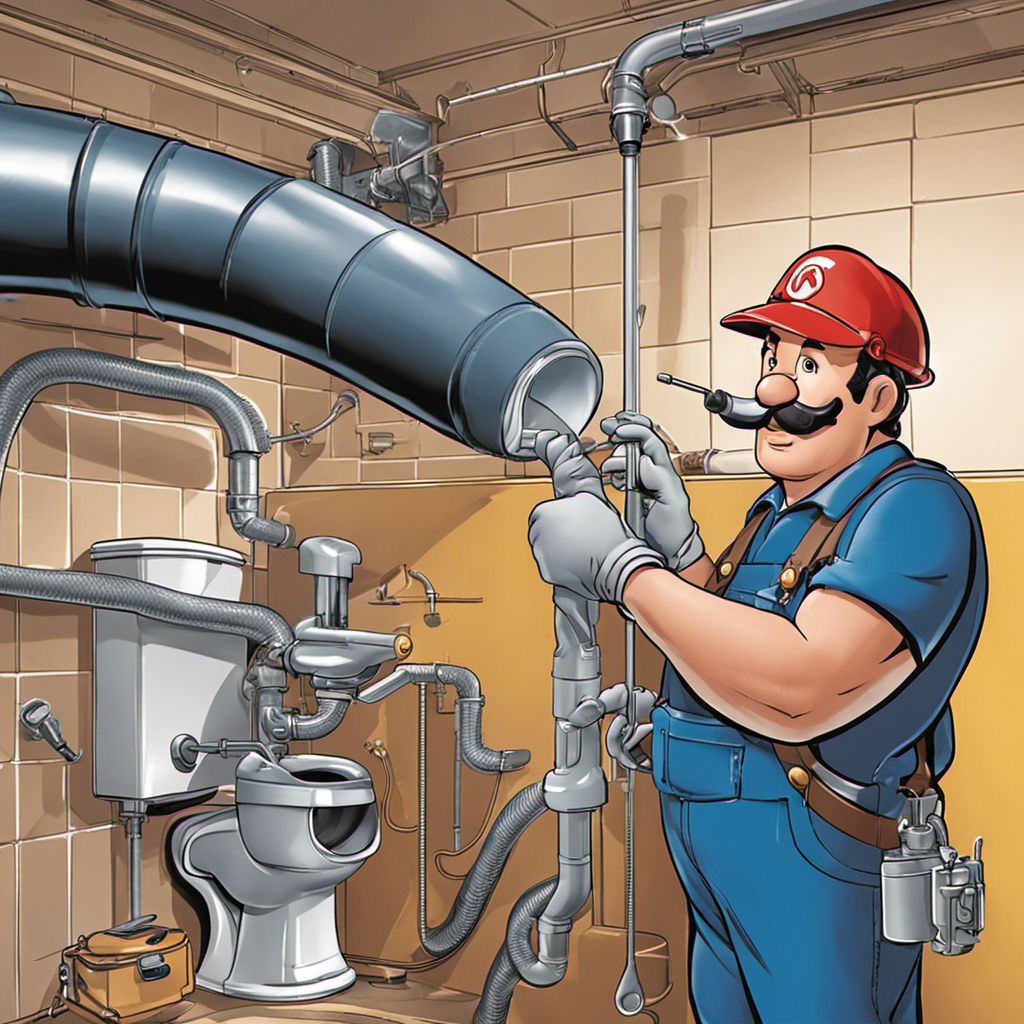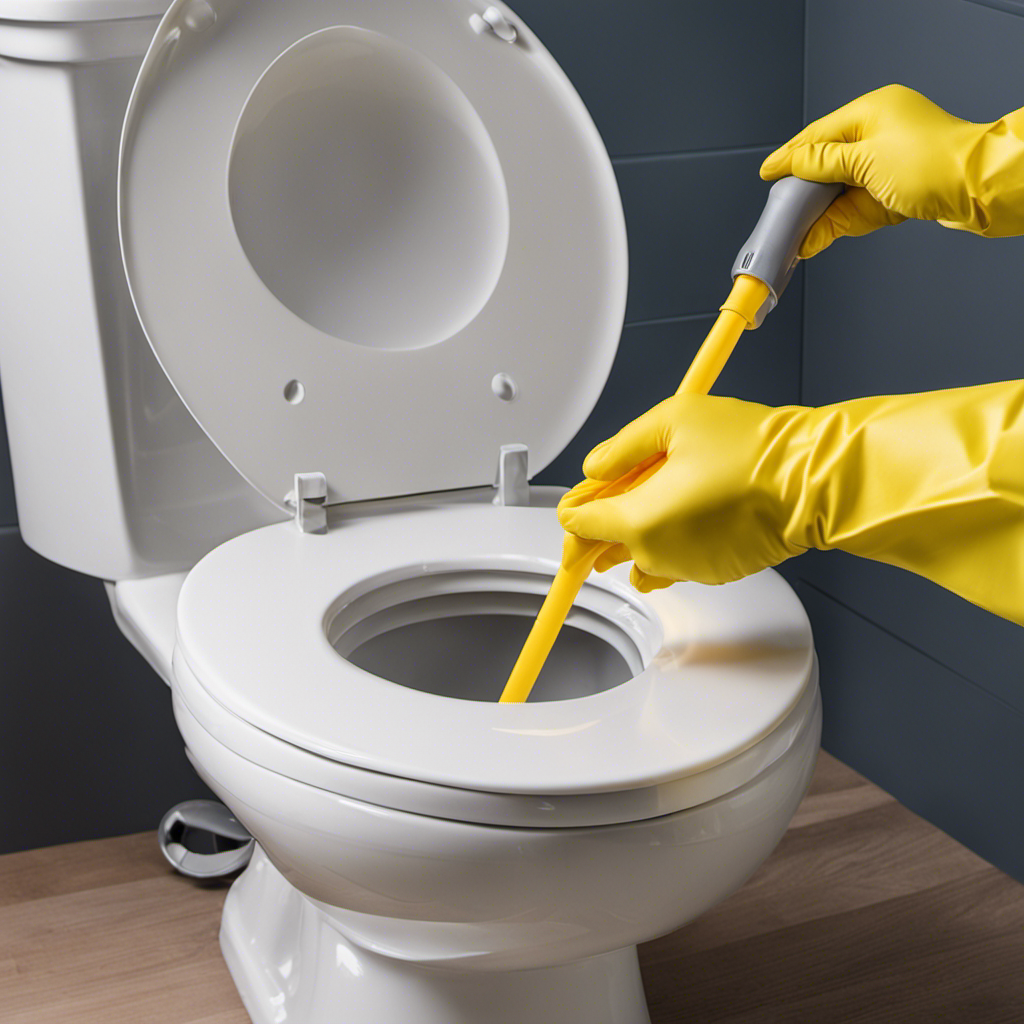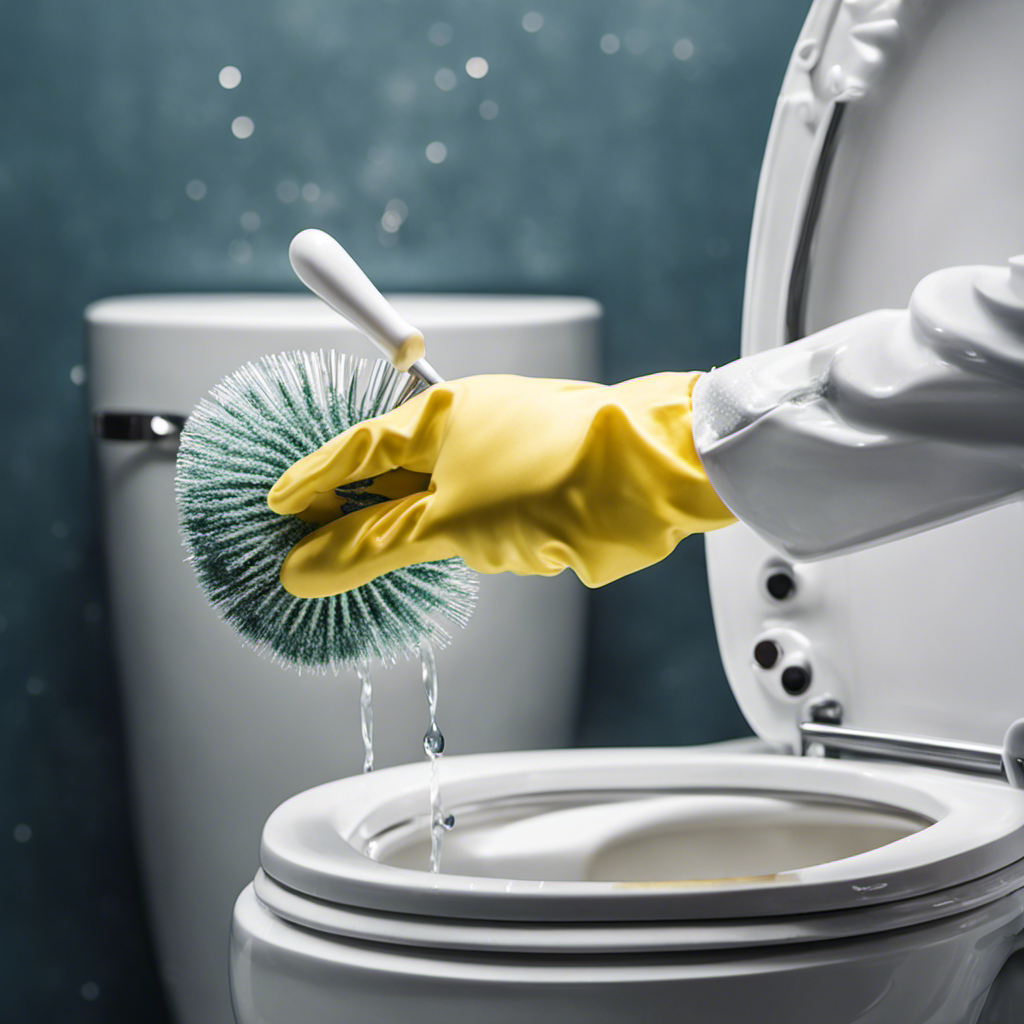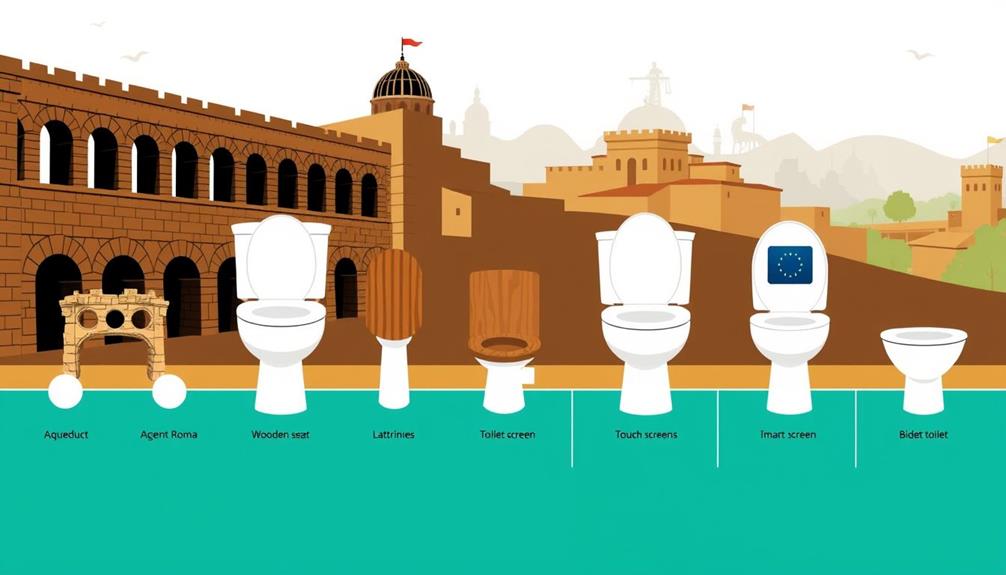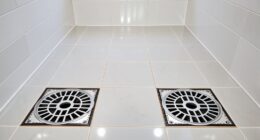Did you know that a clogged toilet vent pipe can cause major plumbing problems? Well, I learned this the hard way when my toilet started making strange gurgling noises and the water wasn’t draining properly.
But fear not, because I’m here to share with you a step-by-step guide on how to unclog your toilet vent pipe. In this article, I’ll explain the importance of a toilet vent pipe, the signs of a clog, the tools you’ll need, and preventive measures to avoid future clogs.
Let’s dive in and get your plumbing back to tip-top shape!
Key Takeaways
- Maintaining a toilet vent pipe is essential for preventing clogs and backups in the plumbing system.
- Common signs of a clogged vent pipe include slow drainage, foul odors, and gurgling sounds.
- Unclogging a toilet vent pipe requires tools such as a plunger, plumbing snake, bucket, ladder, gloves, and a flashlight.
- Safety precautions, such as wearing protective gear and having a first aid kit nearby, should be followed when unclogging a toilet vent pipe.
Understanding the Importance of a Toilet Vent Pipe
Understanding the importance of a toilet vent pipe is crucial for preventing clogs and ensuring proper drainage. The toilet vent pipe is a vital component of the plumbing system, responsible for maintaining the balance of air pressure in the pipes.
Without a properly functioning vent pipe, wastewater cannot flow smoothly, leading to potential clogs and backups. Regular toilet vent pipe maintenance is essential to prevent these issues. Neglecting maintenance can result in common causes of toilet vent pipe clogs, such as debris buildup, bird nests, or tree roots infiltrating the pipe.
Signs and Symptoms of a Clogged Toilet Vent Pipe
You might notice certain signs and symptoms if your toilet vent pipe is clogged. A clogged toilet vent pipe can lead to various issues, such as slow drainage, foul odors, and gurgling sounds coming from your toilet. These signs indicate that there is a blockage in the vent pipe, preventing proper airflow and causing problems in your plumbing system.
To help you understand the seriousness of a clogged toilet vent pipe, here is a table highlighting the signs and symptoms you may experience:
| Signs and Symptoms | Description | Emotional Response |
|---|---|---|
| Slow Drainage | Water drains slowly or not at all from the toilet. | Frustration |
| Foul Odors | Unpleasant smells coming from the toilet or drains. | Disgust |
| Gurgling Sounds | Bubbling or gurgling noises when flushing the toilet. | Annoyance |
Common causes of a clogged toilet vent pipe include debris buildup, bird nests, or obstructions from nearby trees. Fortunately, there are some DIY solutions you can try to unclog the vent pipe. These include using a plumbing snake to remove the blockage or using a high-pressure water hose to flush out any debris. However, if these methods don’t work, it’s best to consult a professional plumber to avoid further damage to your plumbing system.
Tools and Materials Needed for Unclogging a Toilet Vent Pipe
When it comes to unclogging a toilet vent pipe, having the right tools is essential. From a plumber’s snake to a plunger, having these tools readily available can make the unclogging process much easier.
However, it’s important to remember that safety should always be a top priority, so taking the necessary precautions before starting any unclogging task is crucial.
Essential Tools for Unclogging
To unclog the toilet vent pipe, you’ll need a plunger, a snake, and a bucket. These tools are crucial in tackling the blockage and restoring proper airflow.
The plunger is the first tool you should reach for when dealing with a clogged vent pipe. It creates pressure and suction to dislodge the obstruction. Make sure to use a plunger with a flange to create a tight seal.
If the plunger doesn’t work, the next tool to try is a snake. A snake, also known as a plumbing auger, is a long, flexible coil that can navigate through bends and curves in the pipe to break up the clog.
Finally, a bucket is essential for catching any water or debris that may come out during the unclogging process.
Safety Precautions for Unclogging
For your safety, it’s important to wear rubber gloves and protective eyewear when dealing with clogs in your plumbing system.
To prevent accidents and ensure your safety, make sure to follow these guidelines and use the appropriate safety gear:
- Wear rubber gloves to protect your hands from any harmful substances or bacteria that may be present in the clog.
- Use protective eyewear to shield your eyes from any debris or splashes that could cause injury.
- Consider wearing a face mask to prevent inhaling any unpleasant odors or particles during the unclogging process.
- Keep a first aid kit nearby in case of any minor injuries such as cuts or scrapes.
By taking these safety precautions and wearing the necessary gear, you can confidently tackle clogs in your plumbing system without putting yourself at risk.
Step-by-Step Guide to Unclogging a Toilet Vent Pipe
The first thing you’ll need to do is gather the necessary tools and materials. For toilet vent pipe maintenance, it’s important to have a ladder, gloves, a flashlight, a plumber’s snake or auger, and a garden hose with a sprayer attachment.
To unclog a toilet vent pipe, you need to understand the common causes of clogs. One of the main reasons is debris accumulation, such as leaves, twigs, and bird nests. Another common cause is the presence of animal nests or blockages caused by animals like birds or rodents. In some cases, ice or snow buildup during colder months can lead to clogs. It’s also possible for the vent pipe itself to become damaged or disconnected over time, causing blockages.
Preventive Measures to Avoid Toilet Vent Pipe Clogs
One way you can prevent clogs in your toilet vent pipe is by regularly checking for debris or blockages.
To ensure proper toilet vent pipe maintenance, here are some preventive measures you can take:
- Install a mesh screen or cap on the vent pipe to prevent debris from entering.
- Clear any leaves, twigs, or other outdoor debris that may accumulate around the vent pipe opening.
- Avoid flushing large objects or excessive toilet paper down the toilet.
- Schedule regular inspections and cleanings by a professional plumber to identify and address any potential issues.
By following these preventive measures, you can minimize the risk of toilet vent pipe clogs and ensure proper functionality.
However, if you do encounter a clog that you cannot resolve on your own, it may be necessary to seek professional help.
When to Seek Professional Help for a Clogged Toilet Vent Pipe
If you’re unable to resolve the issue on your own, it’s time to call in a professional for help with a clogged toilet vent pipe. While DIY methods can be effective for minor clogs, there are situations where it’s best to leave it to the experts.
One of the main factors to consider is the severity of the clog. If you’ve tried basic unclogging techniques without success, it’s a sign that the problem may be more complex. Hiring a professional ensures that the issue will be thoroughly assessed and resolved using specialized tools and techniques.
Another advantage of hiring a professional is their expertise in identifying underlying issues that may have led to the clog. However, it’s important to weigh the cost of hiring a professional against the potential savings of resolving the issue yourself.
Ultimately, the decision to DIY or hire a professional depends on the complexity of the clog and your comfort level with handling plumbing tasks.
Conclusion
As I stood there, staring at the clogged toilet vent pipe, I knew I had a daunting task ahead of me.
Armed with my tools and materials, I embarked on a journey to unclog the obstruction that threatened to disrupt the flow of air and cause plumbing mayhem.
With each step, I could feel the tension building, the anticipation growing. And then, as I released the pressure, a rush of relief washed over me.
The toilet vent pipe was free once again, allowing the smooth flow of air to resume its rightful course.
Victory was mine.
